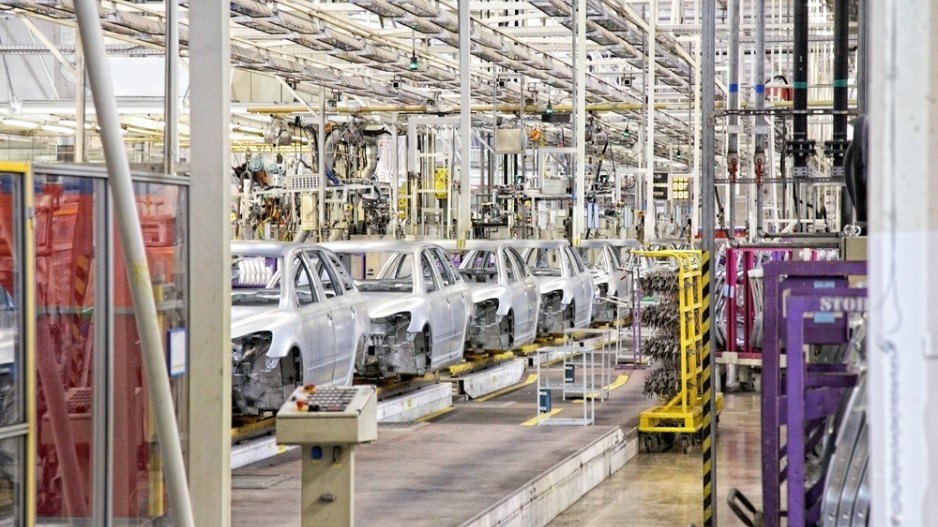Americans love their cars, and U.S. light vehicle sales have climbed in the past few years, bouncing back to pre-recession levels in 2013 with over 16 million units being sold in that year alone.
Exports of Canadian vehicle and vehicle parts – which make up almost 20% of this country’s total non-energy exports – are largely reliant on U.S. sales and have traditionally followed American buying patterns. Since 2012, however, Canadian vehicle and vehicle parts exports have stalled and in 2015’s first quarter, the sector saw a 21% drop.
The reason for this decline, according to a TD report released June 25, is Americans are increasingly buying Mexican-made automobiles, where cheap labour and lax free trade agreements are pushing Mexican vehicle exports to new heights around the world.
According to the report, Mexican auto production surpassed Canada’s car manufacturing sector in 2012, and this gap is expected to increase. American auto manufacturing is also set to grow, but there is no indication that the Canadian car manufacturing sector will see similar advancements.
“There is nothing on the horizon to suggest this trend will ease,” the report said.
“All of the announced investment in additional capacity or new plans is occurring in the U.S. and Mexico.”
Between 2016 and 2019, Mexico is set to open five new auto manufacturing plants and many U.S. states have announced plans for expanded capacity.
“By comparison, Canada is not expected to benefit from any investment in new capacity, and is in fact expected to see its production in the auto assembly sector diminish over the next couple years.”
The Canadian economy has also taken a beating from the sharp downturn in the price of oil over the past year as energy companies have reduced investment. The TD report said the future drivers of Canadian economic growth are now becoming uncertain – but all is not lost, it said, because exports in other sectors are expected to pick up.
Electrical products, industrial machinery and metals and minerals will be picking up some of the slack. Real goods exports, which include consumer goods and forestry products, are expected to increase 3.2% and 4.1% in 2015 and 2016, respectively, even taking into account dropping vehicle exports. Real services exports – largely comprised of travel and commercial services – are expected to grow 3.4% in 2015 and 4.6% in 2016.




